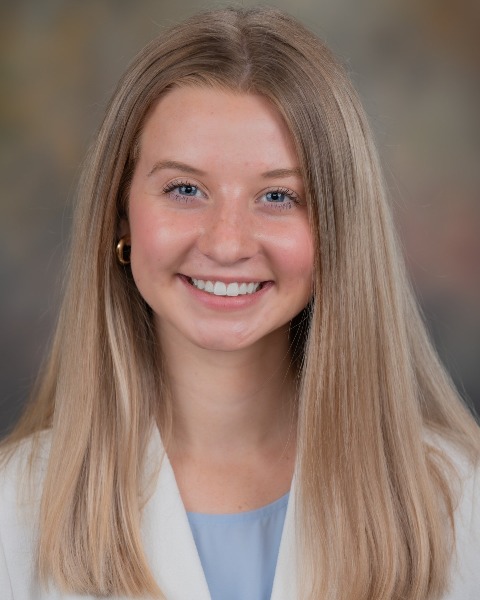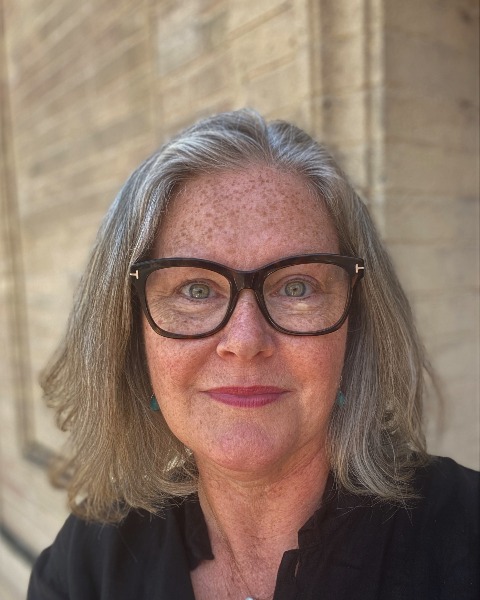Research (R)
PP1326 - Pitch Perception and Production in Singing Aided vs. Unaided Case Study

Bailey Branham
Undergraduate Research fellow
Auburn University
Auburn University, AlabamaDisclosure(s): No financial or nonfinancial relationships to disclose.
.jpeg.jpg)
Aurora J. Weaver, AuD, PhD (she/her/hers)
Associate Professor
Auburn University
Auburn University
Auburn, AlabamaDisclosure(s): No financial or nonfinancial relationships to disclose.

Mary Sandage, PhD (she/her/hers)
Lanier Endowed Professor
Auburn University
Auburn University, AlabamaDisclosure(s): No financial or nonfinancial relationships to disclose.
- KL
Kathleen Lea
Disclosure(s): No financial or nonfinancial relationships to disclose.

Payton Lack, AuD
Atlanta Hearing Associates
Disclosure(s): No financial or nonfinancial relationships to disclose.
Lead Presenter(s)
Presenter(s)
Contributor(s)
To date, there is limited insight into how hearing aid technology influences musicians’ singing accuracy. This case study investigated the benefits of properly fit amplification for a musically inclined individual, specifically, music perception, pitch perception, and singing accuracy (i.e., pitch production) were measured with and without amplification. Outcomes with properly fit (verified) amplification resulted in enhanced pitch discrimination, and music perception scores, however the Seattle Singing Accuracy Protocol resulted in a robust (34%) improvement in singing imitation accuracy. The case study suggests that the SSAP would be a promising tool to validate (measure benefit outcomes with) amplification fitting for singers.
Summary:
Rationale: Pitch discrimination is a fundamental part of everyday listening and is the defining aspect of melody in music (Oxenham, 2012). Hearing loss distorts an auditory signal in many ways, including diminished pitch perception and discrimination. Today’s hearing aids use rapid digital signal processing to alleviate some of the burden that individuals with hearing loss experience in difficult listening situations. While there is ongoing research aimed to improve both the perception of speech and music (Groth, 2018; Coburn & Seitz, 2017; Frohlich & Littmann, 2017), tools to validate such benefits are lacking. This case study aimed to identify tools in agreement with the self-reported perceived benefit of hearing aids in pitch perception and production of a hearing aid user. Two tools were investigated: Angelsound and the Seattle Singing Accuracy Protocol (SSAP). Angelsound has a music module used for assessment, and auditory training for those with hearing loss (Angelsound, 2006). SSAP is a newer tool designed to provide a basis for the study of singing with populations of different ages and levels of training to compare performance accuracy (Demorest, 2015). This case study investigated the benefits of amplification in relation to music listening and singing production abilities, as well as patient-reported outcomes under two conditions: aided (with hearing aids) versus unaided (without hearing aids).
Design: A single-subject design (i.e., male participant, age 23 years, presenting with a bilateral, sensorineural hearing loss sloping from within normal limits to a moderately-severe high-frequency loss) was used to gather proof-of-concept data. Data collection included: comprehensive hearing evaluation, real ear verification of prescribed gain, and experimental tasks which were counterbalance (across aided and unaided conditions). Tasks from AngelSound’s music module, SSAP (Seattle singing accuracy protocol), and a validation questionnaire (SASS- Self-assessment of Amplification with Singing Scale), which was created for the purpose of this study. The SSAS collected subjective measurements of participants’ self-perceived reactions of confidence, perceived accuracy, engagement, and expectations.
Results: Descriptive statistics were used to compare aided and unaided performance. Angelsound’s music module tasks resulted in ~ 5-to-10% improvement across aided tasks; the most promising tasks were Melodic contour (identification and segregation), and musical instrument identification, resulting in unaided scores between 74% - 84%. The results of the SSAP indicated with amplification that singing familiar songs resulted in only ~1 -to- 4% improvement in accuracy, while pitch discrimination was reduced by 50% (this was only 1.5 Hz). Aided performance, however, resulted in 34% improvement for the SSAP singing imitation accuracy subtests.
Outcomes: The results for the SSAP, while limited to a case study design, aligned with the patient’s self-reported confidence to sing the melody of a song unaided (without amplification) but increased confidence to sing harmony accurately while aided (with their amplification) on the SASS. There is room to say that the SSAP is a promising tool to facilitate the validation of properly fit amplification, which can elicit positive outcomes in pitch perception and production in hearing-impaired individuals who are musically inclined.
Learning Objectives:
- Upon completion, participants will be able to describe the benefits of amplification and evaluate tools to measure enhanced music listening and singing production.
- Upon completion, participant will be able to identify the improvement across tasks with amplification versus without amplification.
- Upon completion, participant will be able to describe the purpose and subtest of the Seattle Singing Accuracy Protocol.
